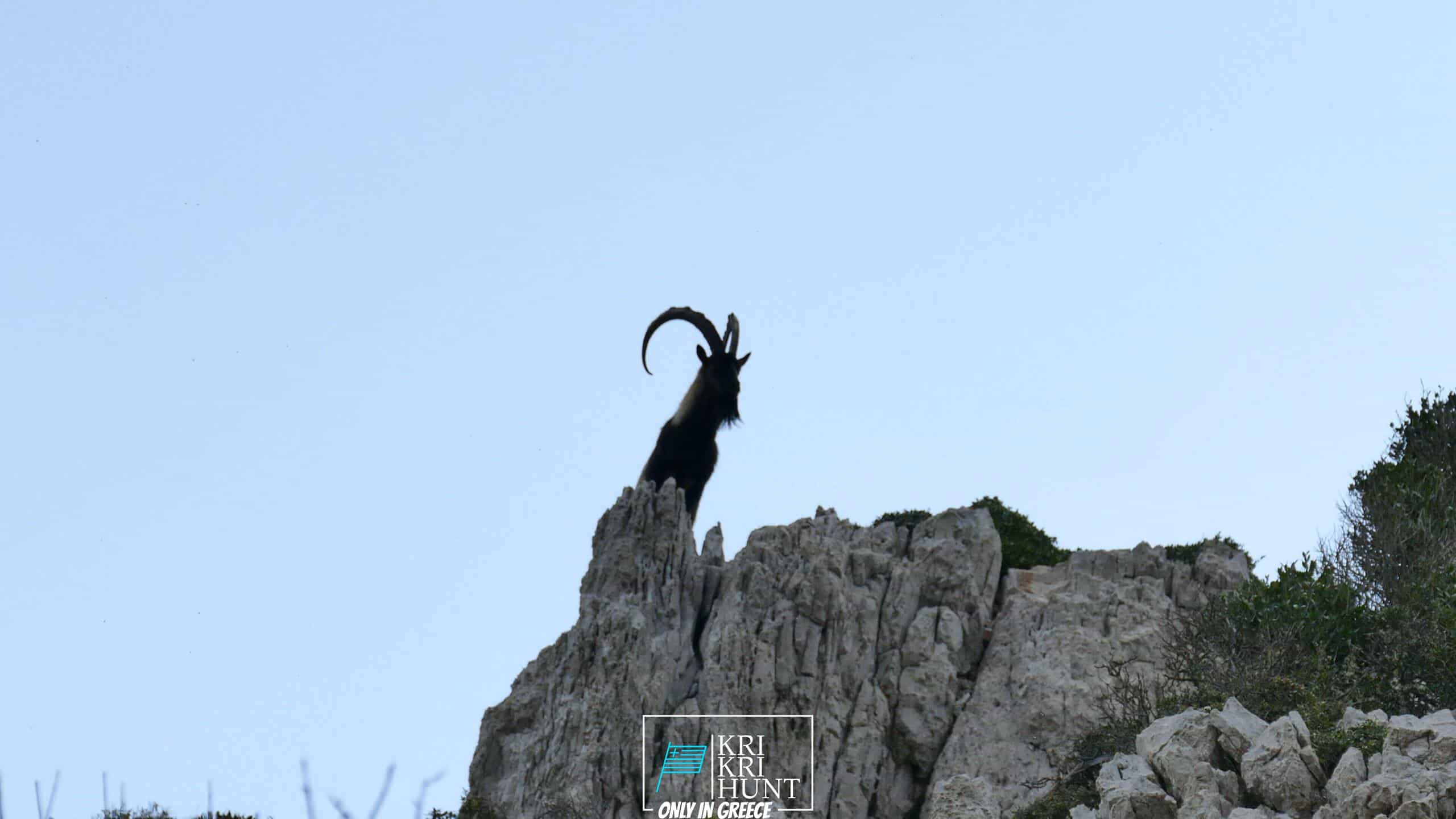Sapientza island: a free-range hunting heaven for Kri Kri ibex searching in Greece!

They state that the Peloponnese peninsula is the "genuine" Greece. And we state, if you're looking for a memorable journey, our hunting and also exploring Peloponnese scenic tour from Methoni is the ideal method to experience all that this stunning nation has to use.

Pursuing the kri kri ibex in Greece is an uphill struggle, specifically if you're a worldwide hunter. You should be a regional seeker in order to search kri kri ibex, which can just be shot in particular thoroughly secured searching locations like certain islands. On 2 islands, 150 kilometers/ Atalanty/ and 300 kilometers/ Sapientza/ from Athens, we provide the opportunity to hunt this amazing animal. It is only shot in special searching areas from early morning until midday, according to Greek regulation. Only shotguns may be utilized, as well as only slugs may be utilized. Slugs are the only ammunition allowed. To assure that just serious hunters are allowed on these expeditions, you should reserve a year ahead of time for your license. The licenses are issued by the Greek Ministry of Nature and Agriculture and the government issues a certain number yearly.
On our Peloponnese scenic tours, you'll reach experience all that this outstanding area has to provide. We'll take you on a tour of several of the most stunning and also historical sites in all of Greece, consisting of ancient damages, castles, as well as much more. You'll additionally reach experience a few of the traditional Greek society firsthand by enjoying several of the delicious food and wine that the area is known for. As well as of course, no journey to Peloponnese would be full without a dip in the gleaming Mediterranean Sea! Whether you're an experienced seeker trying to find a first-time tourist or a brand-new adventure just wanting to discover Greece's sensational landscape, our Peloponnese scenic tours are ideal for you. What are you waiting for? Book your trip today!
Experience 'Real' Greece with Our Peloponnese Tours. Look no even more than our Peloponnese trips if you're looking for a genuine Greek experience. From old ruins as well as castles to delicious food and white wine, we'll reveal you everything that this fantastic area needs to offer. So what are you waiting for? Book your journey today! Your Kri Kri ibex searching in Greece is here!
What is the diference between Kri Kri ibex, Bezoar ibex and hybrid ibex
The kri-kri is not thought to be indigenous to Crete, most likely having been imported to the island during the time of the Minoan civilization. Nevertheless, it is found nowhere else and is therefore endemic to Crete. It was common throughout the Aegean but the peaks of the 8,000 ft (2,400 m) White Mountains of Western Crete are their last strongholds–particularly a series of almost vertical 3,000 ft (900 m) cliffs called ‘the Untrodden’—at the head of the Samaria Gorge. This mountain range, which hosts another 14 endemic animal species, is protected as a UNESCO Biosphere Reserve. In total, their range extends to the White Mountains, the Samaria National Forest and the islets of Dia, Thodorou, and Agii Pandes.
This Ibex is NOT a diminutive form of the Bezoar Ibex, which has migrated into the western-most reach of the range of this species. The kri – kri (Capra aegagrus cretica), sometimes called the Cretan goat, Agrimi, or Cretan Ibex, is a feral goat inhabiting the Eastern Mediterranean, previously considered a subspecies of wild goat. The kri-kri has a light brownish coat with a darker band around its neck. It has two horns that sweep back from the head. In the wild they are shy and avoid tourists, resting during the day. The animal can leap some distance or climb seemingly sheer cliffs.
“The agrimi goat Capra aegagrus cretica is unique to Crete and its offshore islands. It has been identi®ed as a sub-species of the wild bezoar goat Capra aegagrus aegagrus Erxleben, 1777, which it closely resembles in horn shape, body form and coloration. This classi®cation has been disputed by some researchers who claim that the agrimi are feral goats, derived from early domestic stock brought to the island by the ®rst Neolithic settlers. In order to clarify this issue, DNA analyses (cytochrome b and D loop sequences) were carried out on tissue of live and skeletonized agrimi and compared to sequences of wild and domestic caprines. Results conclusively show the agrimi to be a feral animal, that clades with domestic goats (Capra hircus) rather than with wild Asiatic bezoar. This study demonstrates that morphometric criteria do not necessarily re¯ect genetic af®nities, and that the taxonomic classi®cation of agrimi should be revised.”